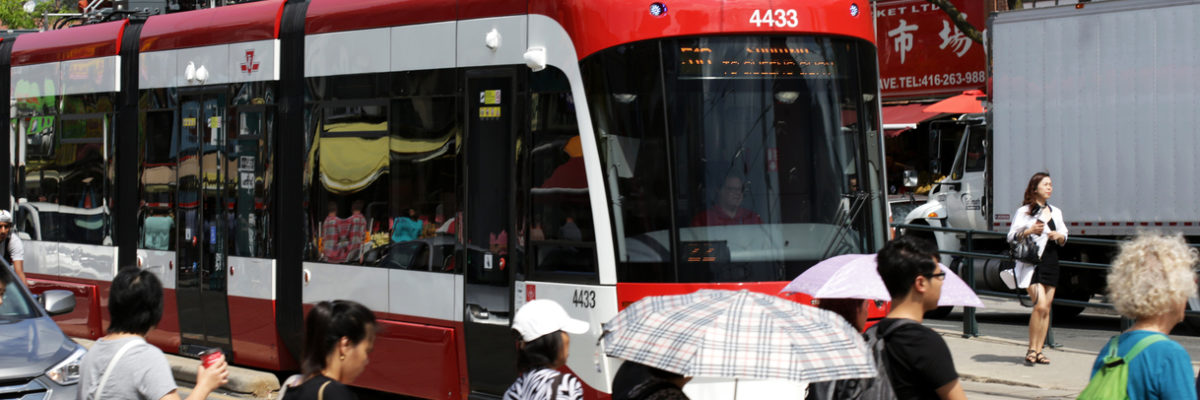Wouldn’t it be nice to take any bus, any streetcar, any commuter train free of charge, whenever you want? What sounds like a dream could soon be reality in five German cities as part of a German government pilot project on fare-free transit. The news garnered international attention as it promises to cut air pollution and carbon emissions. But would it be good policy to offer free transit in the Greater Toronto and Hamilton Area (GTHA) to boost ridership or is the real issue a lack of investment in service?
First of all, it’s important to understand the motivation behind the planned fare-free transit experiment in Germany. It’s a drastic measure to bring down dangerously high levels of air pollution for which Germany’s government could soon face steep fines from the European Union. It is worth noting that improving social equity doesn’t seem to be a factor behind the German plans – offering discounts to low-income residents could achieve that goal. The aim in Germany is to encourage modal shift, i.e. getting commuters to ditch their cars and use public transit instead. Let’s take a look at what a scenario could look like in the GTHA.
Fare-free transit in the GTHA?
A generally accepted rule is that a 10 per cent reduction in fares will give you a three per cent increase in transit ridership. That’s because transit ridership has a low price elasticity: Regardless of transit fare changes, most people stick to their current mode of transportation. Let’s assume that dropping transit fares to zero will increase ridership by 30 per cent across the GTHA. However, as transit currently only accounts for 16 per cent of total trips in the region, the overall share will only go up to 21 per cent. This would represent a laudable gain, but no silver bullet for deep emissions reductions.
The main obstacle to increased ridership is not transit fares, but service quality, like proximity to transit stops, frequency, travel times, and other factors such as overcrowding. Service improvements attract additional riders and make life easier for existing transit users. Further, making transit free does little for residents living in ‘transit deserts’, vast areas without access to rapid transit or decent bus services. In other words, if you live too far from the nearest transit stop or only have poor bus services, paying less or nothing for the fare is not much of an incentive.
There is no free lunch
This leads to the point that there is no such thing as ‘free transit’ as the money for operations always has to come from somewhere. Lower farebox revenues mean increased need for government support. Farebox revenues make up around 70 per cent of the TTC’s operating budget. For GO Transit, the ratio is about 60 per cent. Replacing those fares with government funds would cost $1.24 billion and $0.54 billion for the TTC and GO Transit, respectively. Let’s imagine we had close to $2 billion in additional annual funds to spare. Instead of making transit free, we could close most of the gap in capital investments in rapid transit in the GTHA; research by Transport Action Ontario pegged it at $2.4 billion annually.
Public funds for transit in the GTHA continue to be insufficient for our regional transit vision. To reduce transit inequality and make public transit an option for the large number of underserved residents, we need long-term, predictable transit funding focused on strategic service improvements. Now wouldn’t that be a bus we can all hope onto?

